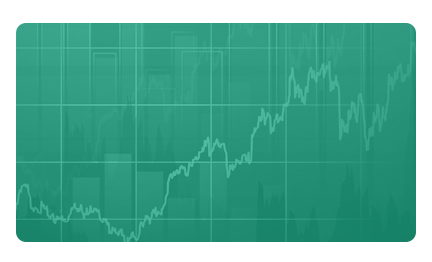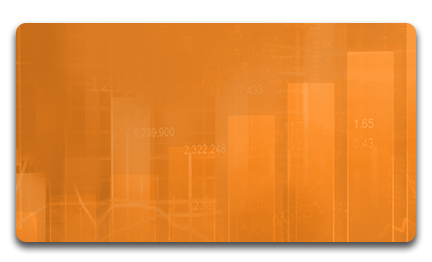Description and use
Put Ratio Backspread strategy is the opposite of Call Ratio Backspread. Put Ratio Backspread generates profit when share prices are rapidly decreasing. Furthermore, increased volatility is useful for the position. sideway prices are unbeneficial for the strategy. The strategy consists of Short and Long Put options with same the expiration, but different quantities. Typically, the ratio of the purchased/sold Put options is 2:1 or 3:2. Thus, it is a net credit investment. The potential profit is unlimited. The direction of the market is (aggressively) decreasing. The trader speculates on high volatility shares with explosively decreasing prices. The goal of the strategy is to maximise minimise risks and costs. It is a long-term investment; the maturity is at least 6 months.
- Type: Bearish
- Transaction type: Credit
- Maximum profit: Unlimited
- Maximum loss: Limited
- Strategy: Ratio spread
Opening the position
or
- Buy two or three lower strike Put options.
- Sell one or two higher strike Put options.
- The goal is to push down the initial costs to 0 or push below the amount of the net credit.
Steps
Entry:
- Make sure the trend is inclining.
Exit:
- When the share price is above the Stop Loss, close the positions.
- Close the positions at least one month before the expiry date.
Basic characteristics
Maximum loss: Difference between strike prices - Net credit (or + Net debit).
Maximum profit: Unlimited.
Time decay: Time usually has a negative effect on the value.
Lower breakeven point: Lower strike price + (Difference between strike prices * Short Put quantity) / (Long Put quantity - Short Put quantity) + Net Credit (or - Net debit).
Upper breakeven point: Higher strike price + Net Credit.
Advantages and disadvantages
Advantages:
- Low costs.
- Limited loss.
- The profit is unlimited if the share prices decrease.
Disadvantages:
- Sideway share prices cause increasing risks.
- Complexity of the strategy.
Closing the position
Closing the position:
- Buy back the Short options and sell the Long options.
Mitigation of losses:
- Close the position the above-mentioned way.
Example
ABCD is traded for $25.37 on 25.05.2017. The investor buys 2 Long Put options which have a strike price of $25.00, expire in January 2018. and cost $2.15 (premium). Then sells a Short Put option which has a strike price of $30.00, expires in January 2018. and costs $4.40 (premium).
Price of the underlying (share price): S= $27.98
Premium (Short Put): SP= $4.20
Premium (Long Puts): LP= $2.15
Strike price (Short Put): KS= $30.00
Strike price (Long Puts): KL= $25.00
Net credit: NCr
Maximum loss: R
Maximum profit: Pr
Lower breakeven point: LBEP
Upper breakeven point: UBEP
Quantity (Long Puts): nL= 2
Quantity (Short Put): nS= 1
Net credit: NCr = 2 * LP - SP
Maximum loss (risk): R = (KS - KL) - NKr NCr
Maximum profit: Pr = unlimited
Lower breakeven point: LBEP = KL - (KS - KL) / (nL - nS) + NCr (or - ND)
Upper breakeven point: UBEP = KS - NCr
NCr = $0.10
R = $4.90
Pr = unlimited
LBEP = $20.10
UBEP = $29.90















